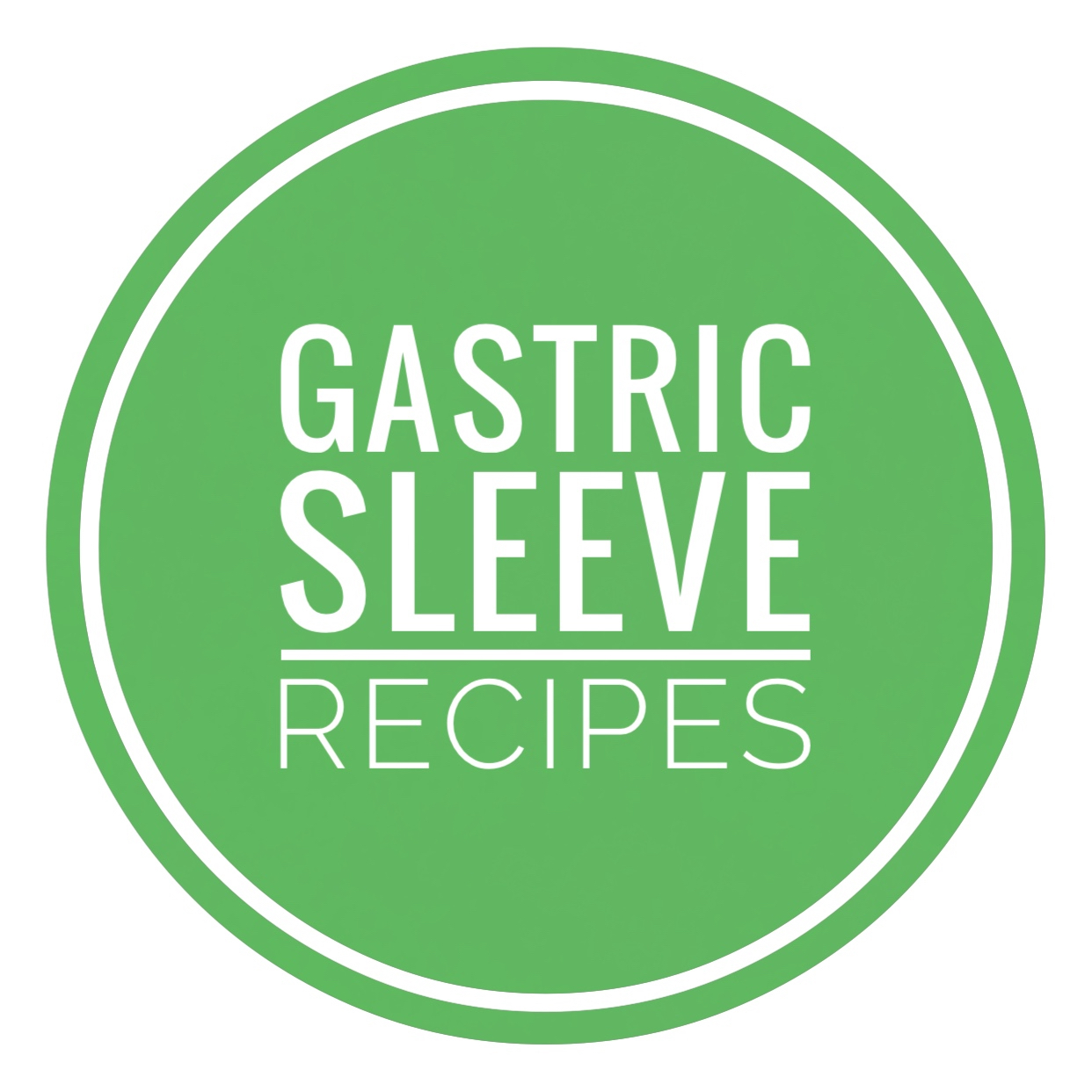Cinnamon Date Chia Protein Smoothie
- Time: 5 minutes
- Servings: 1
- Serving Size: 8.0 ounces
- Stage: Post-Recovery
INGREDIENTS:
- Soy milk - 1 cup (240 grams)
- Date, medjool (without seed) - 1 medium (24 grams)
- Chia seeds - 1/2 tsp (2 grams)
- Cinnamon, ground - 1/4 tsp
- Almond meal (finely ground almonds) - 1 1/2 tbsp (9 grams)
- Vanilla-flavored protein powder - 1 1/2 tbsp (10 grams)(please read nutritionist notes below)
INSTRUCTIONS:
- Add everything to a blender and mix for 1 minute to make sure everything gets blended properly. Make sure to add the soy milk first to prevent the powder from getting stuck at the bottom of the blender. Serve. Use a spoon to scoop out as much of the shake as possible fromthe blender. Enjoy!
*Note: Always add the liquids first to prevent the powders from getting stuck at the bottom of your blender. Feel free to add an extra tbsp or two of water to reduce the thickness of the drink. Refrigerate when not drinking. Stays fresh in the refrigerator for 1 day. Shake well before drinking.
NUTRITION FACTS per serving:
- Calories 245
- Protein 16 grams
- Carbs 24 grams
- Fat 10 grams
- Fiber 6 grams
- Sugar 16 grams
- Iron 14% DV
- Calcium 36% DV
- Sodium 7% DV
DV = Daily Value, Based on diet for healthy adults
Nutritionist notes: Feel free to choose between whey-based or plant-based protein powder. For whey-based protein we recommend the brands Optimum Nutrition Gold Standard 100% Whey and Isopure. For plant-based protein we recommend the brands Optimum Nutrition Gold Standard 100% Plant-based and Vega Clean Protein. Please note that some patients may become intolerant to dairy after their surgery. If this is your case, we highly recommend opting for a plant-based protein powder. Plant-based protein powder has a slightly stronger taste than whey-based protein powder. We recommend making your own protein drinks because that way you have more control more what you put in and help avoid many artificial ingredients that pre-made drinks contain. We also recommend using unsweetened soy milk instead of regular milk because it has less calories (vs. 1% milk), more calcium, and almost the same amount of protein. Plus, some patients become intolerant to dairy after the surgery, making soy milk a great alternative.
*The picture is meant for illustrative purposes and may sometimes not be representative of the serving size. For a precise serving size please follow the list of ingredients carefully, using grams as the most exact measurement.


